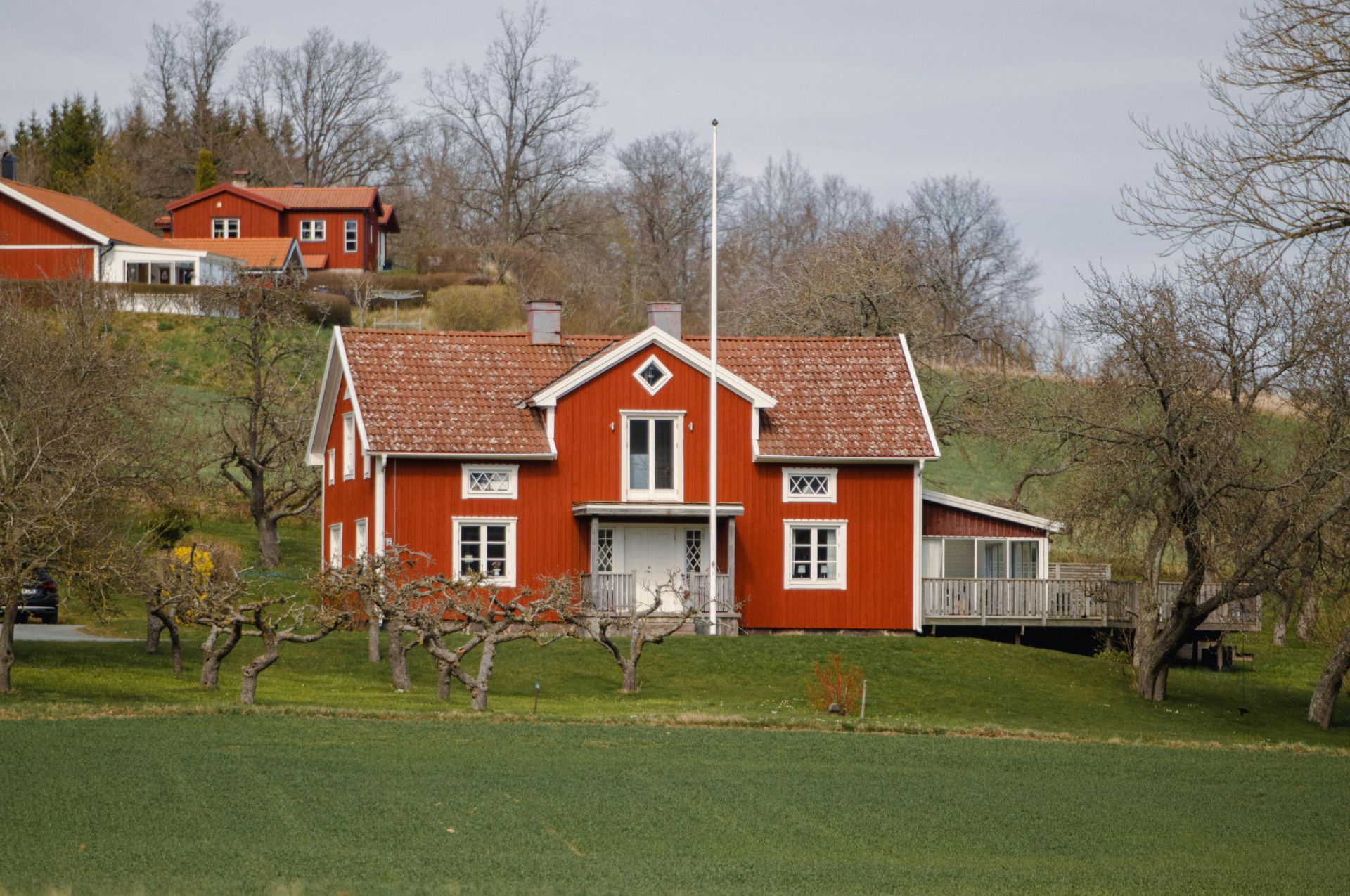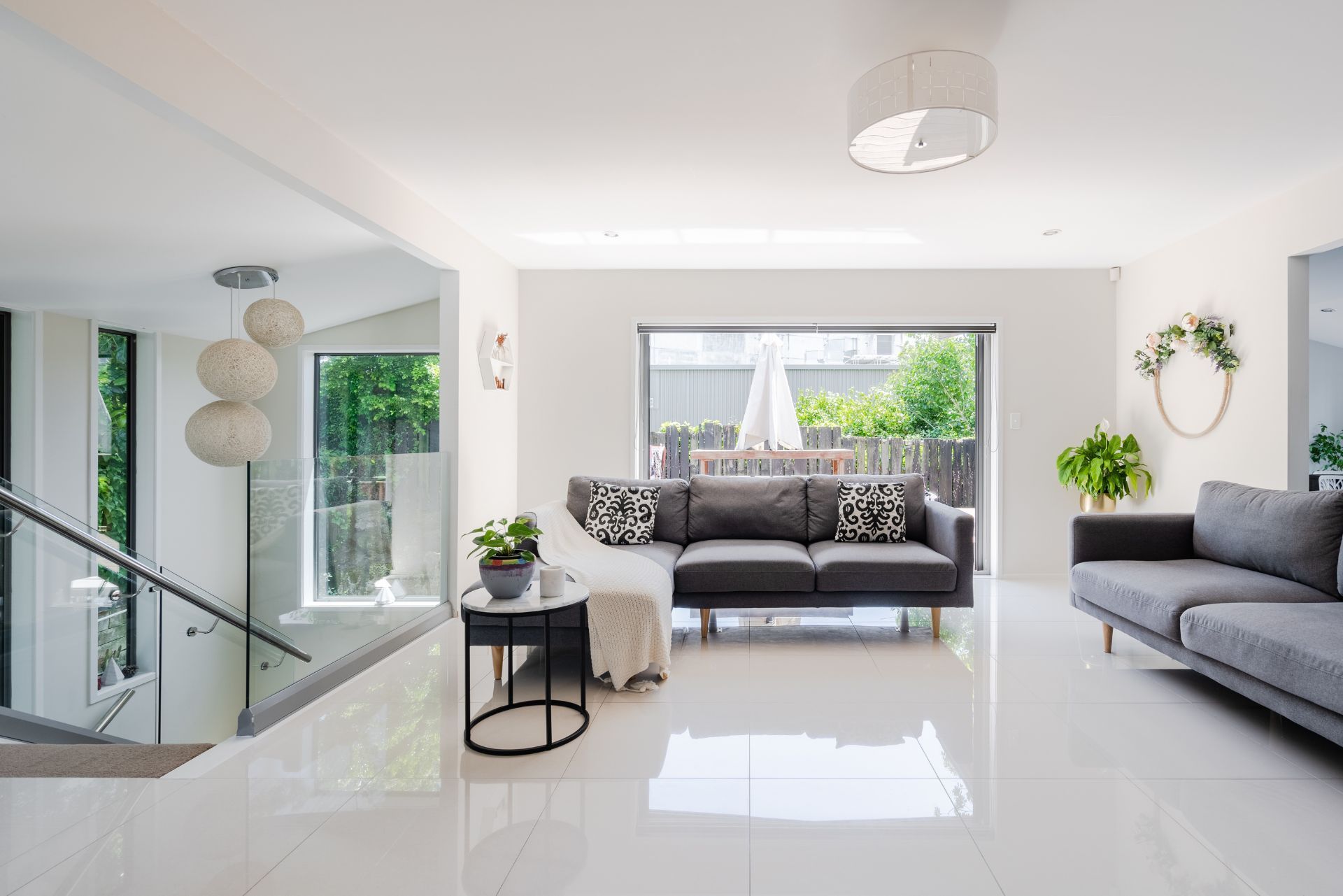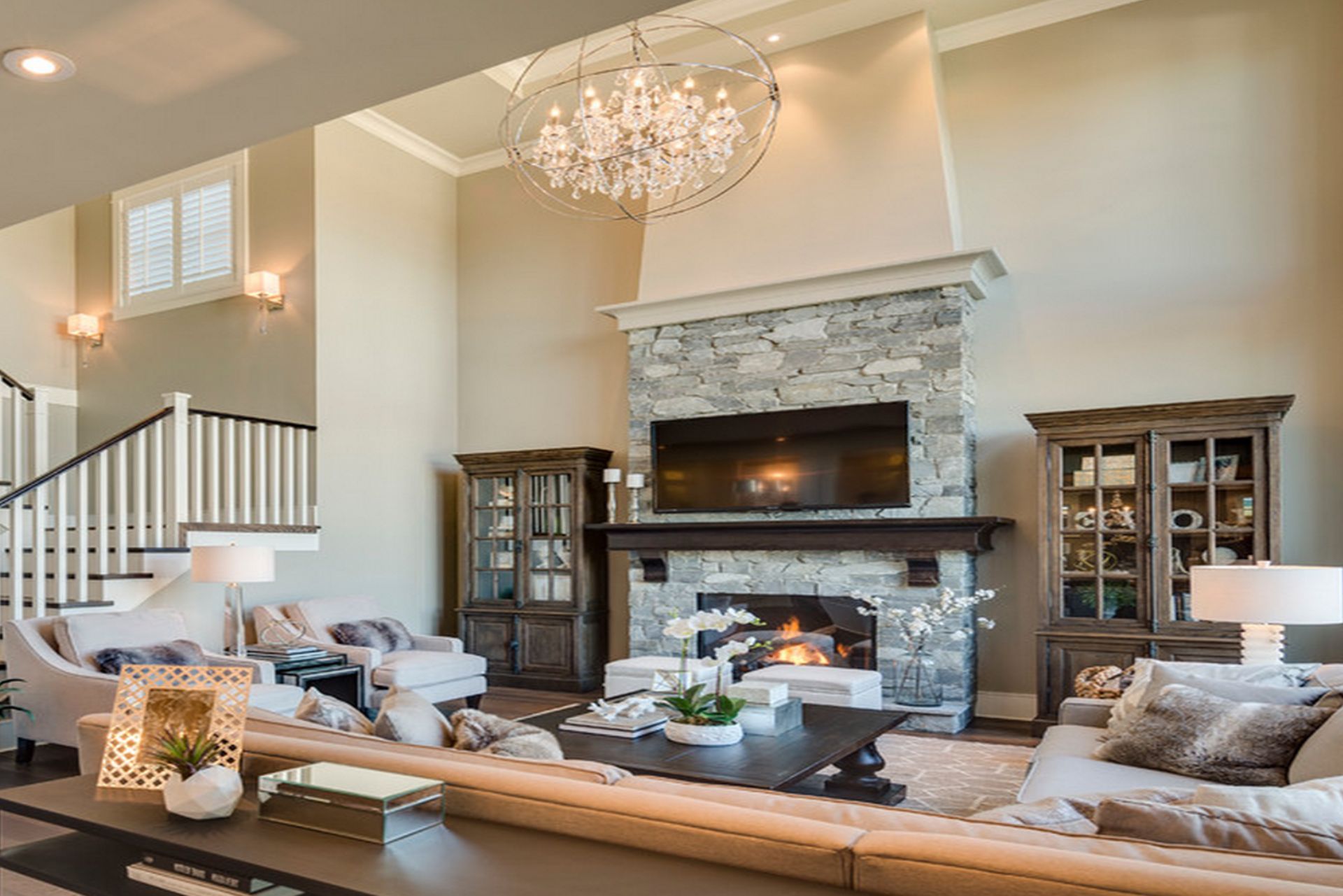
Top 3 Recommended Policies
Owning a second home in Connecticut can be a rewarding investment, whether it serves as a vacation retreat, a rental property, or a future retirement haven. However, with the joys of owning a second home come the responsibilities of protecting it. One crucial aspect of safeguarding your investment is understanding second home insurance. This article aims to provide comprehensive insights into what second home insurance entails, its importance, coverage options, and tips for finding the right policy.
Understanding Second Home Insurance
Second home insurance is designed specifically for properties that are not the owner's primary residence. This type of insurance offers coverage tailored to the unique risks associated with vacation homes, rental properties, or seasonal residences. Unlike standard homeowner's insurance, second home insurance policies often include provisions that cater to the specific needs of these properties.
Why Second Home Insurance is Essential
Investing in a second home can be a significant financial commitment. Without proper insurance, homeowners risk incurring substantial losses in the event of damage or theft. Second home insurance provides peace of mind by covering a variety of risks, including fire, vandalism, and natural disasters. Additionally, if the property is rented out, liability coverage protects homeowners from potential lawsuits arising from tenant injuries or property damage. This is particularly important in areas where vacation rentals are common, as the increased foot traffic can lead to a higher chance of accidents or disputes.
Moreover, second home insurance can also include additional coverages that are particularly beneficial for vacation properties. For example, some policies may offer coverage for personal property left in the home, such as furniture, electronics, and recreational equipment. This added layer of protection ensures that homeowners are not left to bear the financial burden of replacing valuable items that may be damaged or stolen while the property is unoccupied.
Key Differences from Primary Home Insurance
While second home insurance shares similarities with primary home insurance, there are notable differences. For instance, second homes may face different risks based on their location and usage. Policies for second homes often have higher premiums due to the increased likelihood of vacancy-related issues, such as vandalism or maintenance problems. Furthermore, some insurers may impose restrictions on coverage based on how frequently the property is occupied. This means that homeowners must be diligent about understanding their policy terms and may need to adjust their coverage based on how they plan to use the property throughout the year.
Additionally, the underwriting process for second home insurance can differ significantly from that of primary residences. Insurers may require more detailed information about the property's location, condition, and the owner's plans for its use. For example, a second home located in a high-risk area for natural disasters might incur higher premiums or require additional coverage options, such as flood insurance. Understanding these nuances is crucial for homeowners to ensure they are adequately protected and not caught off guard by unexpected costs or coverage gaps.

Types of Coverage Available
Second home insurance policies can vary widely in terms of coverage options. Understanding the types of coverage available can help homeowners tailor their policies to fit their specific needs.
Property Coverage
Property coverage is a fundamental component of second home insurance. This coverage protects the physical structure of the home and any attached structures, such as garages or decks, from various risks. Standard policies typically cover damages caused by fire, wind, hail, and vandalism. Homeowners should assess the value of their property and ensure that their coverage limits reflect the current market value to avoid being underinsured. Additionally, it's important to consider the unique risks associated with the property's location; for instance, homes in coastal areas may require additional coverage for flood damage, while those in regions prone to earthquakes might benefit from a separate earthquake policy.
Personal Property Coverage
In addition to protecting the home itself, personal property coverage safeguards the belongings inside. This can include furniture, electronics, and other personal items. Homeowners should take an inventory of their possessions and consider whether they need additional coverage for high-value items, such as jewelry or artwork, which may exceed standard policy limits. Many insurers offer specialized endorsements or riders that can be added to a policy to provide extra protection for these items. Furthermore, it's wise to keep receipts and photographs of valuable possessions, as this documentation can facilitate the claims process in the event of a loss.
Liability Coverage
Liability coverage is another essential aspect of second home insurance. This coverage protects homeowners from legal claims arising from injuries or damages that occur on their property. For example, if a guest slips and falls while visiting, liability coverage can help cover medical expenses and legal fees. Homeowners should evaluate their potential exposure to liability risks, especially if they plan to rent out the property. It may also be beneficial to consider umbrella insurance, which provides an extra layer of liability protection beyond the limits of a standard policy, ensuring that homeowners are adequately protected against significant claims that could arise from accidents or injuries on their property.
Additional Coverage Options
Beyond the core coverages mentioned, homeowners may want to explore additional options that can enhance their second home insurance policy. For example, loss of use coverage can be crucial if the home becomes uninhabitable due to a covered loss, as it helps cover additional living expenses while repairs are made. Similarly, equipment breakdown coverage can protect against the costs associated with the failure of essential home systems, such as heating or air conditioning units. Homeowners should also inquire about seasonal or vacant home coverage, especially if the property is not occupied year-round, as this can help address unique risks associated with unoccupied homes, such as theft or maintenance issues that may go unnoticed.
Factors Influencing Insurance Premiums
Several factors can influence the cost of second home insurance premiums. Understanding these elements can help homeowners make informed decisions when selecting a policy.
Location of the Property
The location of a second home plays a significant role in determining insurance premiums. Properties situated in areas prone to natural disasters, such as floods or hurricanes, may incur higher rates due to the increased risk of damage. Additionally, homes in urban areas with higher crime rates may also see elevated premiums compared to those in rural settings. Furthermore, proximity to amenities such as schools, hospitals, and shopping centers can also affect premiums. Homes located in highly desirable neighborhoods may attract higher insurance costs due to the increased likelihood of theft or vandalism, as well as the higher value of the property itself.
Property Value and Size
The value and size of the property are critical factors in calculating insurance premiums. Larger homes or those with higher market values typically require more coverage, resulting in higher premiums. Homeowners should ensure that their insurance reflects the true value of their property to avoid being underinsured. In addition, unique features of the property, such as swimming pools, hot tubs, or elaborate landscaping, can also contribute to increased premiums. These elements not only add to the overall value of the home but may also present additional risks that insurers must account for, such as liability claims or maintenance issues.
Usage of the Property
How homeowners plan to use their second home can also impact insurance costs. Properties that are rented out may require additional coverage, such as landlord insurance, which can increase premiums. Conversely, homes that are used solely for personal use may qualify for lower rates. Homeowners should communicate their intended use to their insurance provider to ensure they receive appropriate coverage. Moreover, the frequency of use can also play a role; homes that are occupied year-round may benefit from lower premiums compared to those that are left vacant for extended periods. Insurers often view vacant homes as higher risk due to the potential for undetected damage or theft, which can lead to increased costs for the homeowner. Additionally, seasonal homes in areas with harsh winters may require specialized coverage for winterization and maintenance, further influencing the overall premium structure.
Common Exclusions in Second Home Insurance
While second home insurance provides valuable protection, it is essential to be aware of common exclusions that may not be covered by standard policies. Understanding these exclusions can help homeowners avoid unexpected expenses.
Natural Disasters
Many standard second home insurance policies exclude coverage for certain natural disasters, such as floods or earthquakes. Homeowners in high-risk areas may need to purchase separate policies or endorsements to ensure adequate protection against these events. It's crucial to review the policy carefully and consider additional coverage options if necessary. For instance, flood insurance is often provided through the National Flood Insurance Program (NFIP), which can be a vital resource for those living in flood-prone regions. Additionally, homeowners should consider the geographical risks specific to their second home’s location, as some areas may be more susceptible to wildfires, hurricanes, or tornadoes, all of which may require specialized coverage.
Maintenance Issues
Insurance policies typically do not cover damages resulting from lack of maintenance or wear and tear. Homeowners are responsible for regular upkeep and repairs to prevent issues that could lead to claims being denied. This includes seasonal maintenance, such as winterizing the property or checking for leaks. Furthermore, neglecting routine inspections can lead to significant problems down the line, such as mold growth or structural damage, which can be costly to remediate. It is advisable for second homeowners to create a maintenance schedule that includes tasks like cleaning gutters, servicing HVAC systems, and inspecting roofs, ensuring that the property remains in good condition and minimizing the risk of insurance claims being rejected due to maintenance-related exclusions.
Business Activities
If a second home is used for business purposes, such as a rental property or home office, standard homeowner's insurance may not provide adequate coverage. Homeowners should discuss their business activities with their insurance provider to determine if additional coverage is needed to protect against potential liabilities. For example, if the property is rented out to vacationers, a landlord insurance policy may be necessary to cover damages caused by tenants or liability claims arising from injuries on the property. Additionally, homeowners who operate a home office should consider business interruption insurance to safeguard against loss of income in case of property damage. Understanding the nuances of insurance coverage related to business activities is crucial for second homeowners to ensure they are fully protected against unforeseen circumstances.

Tips for Choosing the Right Policy
Finding the right second home insurance policy can be a daunting task. However, with careful consideration and research, homeowners can secure a policy that meets their needs.
Assess Your Coverage Needs
Before shopping for insurance, homeowners should assess their coverage needs based on the property's value, location, and intended use. Taking an inventory of personal belongings and understanding potential liability risks can help determine the appropriate coverage limits. This assessment will provide a solid foundation for comparing different policies. Additionally, it’s important to consider factors such as natural disaster risks in the area, like flooding or earthquakes, which may necessitate specialized coverage. Homeowners should also think about whether they plan to rent out the property, as this can significantly affect the type of coverage required and the associated premiums.
Shop Around and Compare Quotes
Obtaining quotes from multiple insurance providers is crucial for finding the best policy at the most competitive rate. Homeowners should consider not only the premium costs but also the coverage options, deductibles, and customer service reputation of each insurer. Online comparison tools can simplify this process, allowing homeowners to evaluate various policies side by side. Furthermore, it can be beneficial to check for discounts that may apply, such as bundling home and auto insurance or having security systems installed. Understanding the fine print of each policy, including exclusions and limitations, is equally important to ensure comprehensive protection.
Consult with an Insurance Agent
Working with an experienced insurance agent can provide valuable insights and guidance throughout the selection process. Agents can help homeowners navigate the complexities of second home insurance, answer questions, and recommend policies that align with individual needs. Their expertise can be particularly beneficial for those unfamiliar with insurance terminology or coverage options. Moreover, a good agent will stay updated on industry trends and changes in regulations that could impact coverage, ensuring that homeowners are not only protected but also informed about their options. Establishing a good relationship with an agent can lead to personalized service and ongoing support, which is invaluable when it comes to managing insurance needs over time.
Understanding the Claims Process
In the unfortunate event of damage or loss, understanding the claims process is essential for homeowners. Knowing what to expect can help ensure a smoother experience.
Documenting the Damage
When filing a claim, homeowners should document the damage thoroughly. This includes taking photographs, making a list of affected items, and gathering any relevant receipts or appraisals. Detailed documentation can support the claim and expedite the process.
Notifying the Insurance Company
Homeowners should notify their insurance company as soon as possible after an incident occurs. Most policies have specific timeframes for reporting claims, and delays can lead to complications or denial of coverage. Providing the insurer with all necessary information promptly can facilitate a quicker resolution.
Working with Adjusters
After a claim is filed, an insurance adjuster will typically be assigned to assess the damage and determine the payout. Homeowners should be prepared to answer questions and provide any additional documentation requested by the adjuster. Maintaining open communication and being responsive can help ensure a fair evaluation of the claim.
Conclusion
Connecticut second home insurance is a vital aspect of protecting an investment in a secondary property. By understanding the nuances of coverage options, factors influencing premiums, and the claims process, homeowners can make informed decisions that safeguard their assets. Whether the second home serves as a relaxing getaway or a rental property, securing the right insurance policy is essential for peace of mind and financial security.
Ultimately, taking the time to assess individual needs, compare policies, and consult with professionals can lead to a tailored insurance solution that provides comprehensive protection for a second home in Connecticut. With the right coverage in place, homeowners can enjoy their second home without the worry of unforeseen events disrupting their investment.
Contact Us
Phone
Locations
Connecticut Location
703 Hebron Ave., 3rd Floor, Glastonbury, CT 06033
North Carolina Location
436 East 36th St., Charlotte, NC 28205


